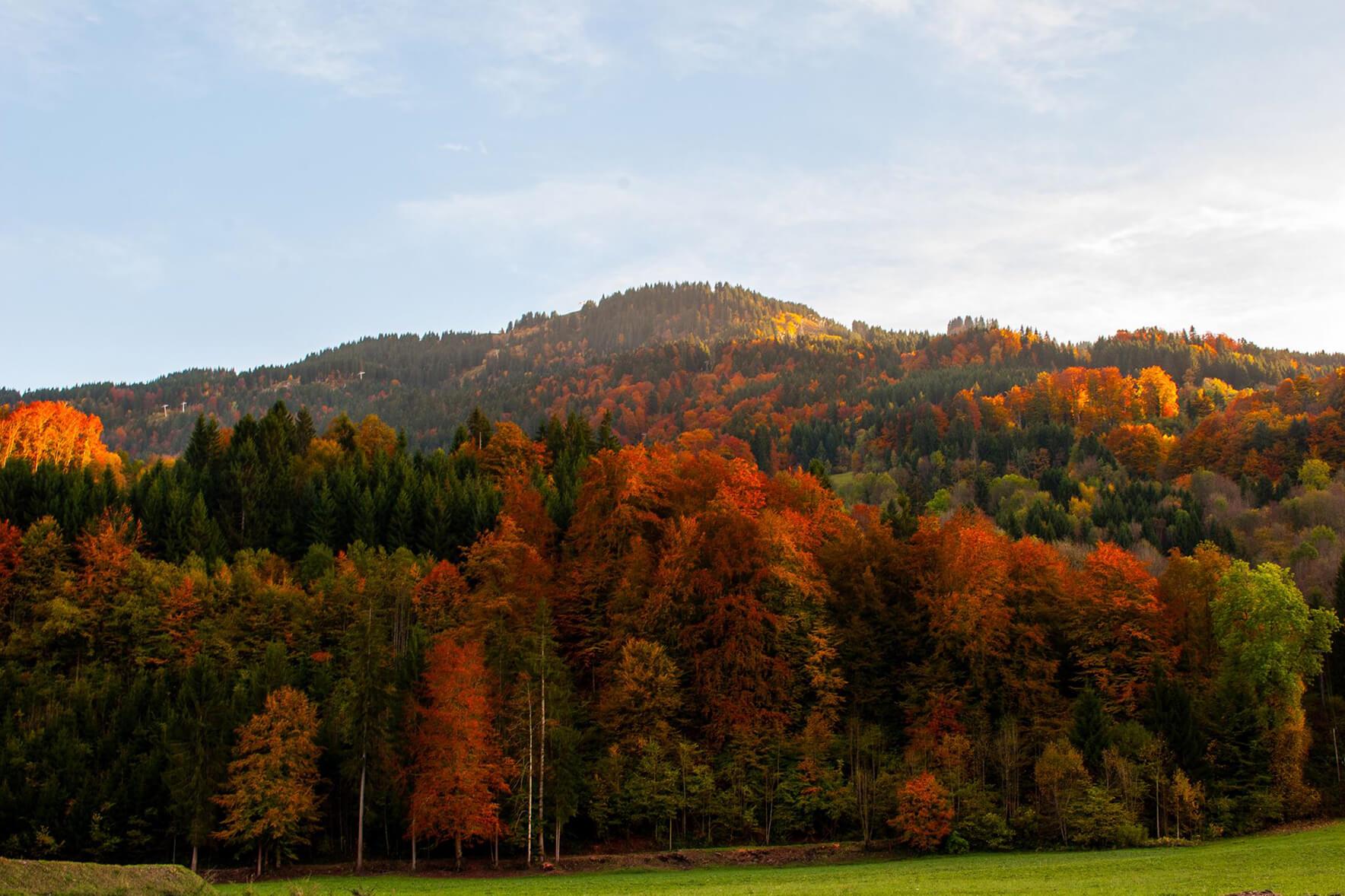
What do ant mounds, gentian flowers, spiders, mice, and onions have in common? They can help predict the winter season!
According to les anciens (elders) ‘everything in nature speaks to us of the weather, we simply must listen.’
Before meteorologists had sophisticated technology and long before our favourite weather apps existed, forecasts were based solely on people’s observations of the natural world around them. Over time, these signs, and people’s experiences of nature were translated into rhyme, les dictons in French. Perhaps you’ve heard of some of them…
"Si les fourmilières sont hautes au début de l’automne, l’hiver sera rude et long."
Translated, tall ant mounds in early autumn signify a long, hard winter to come.
Autumn is the perfect time of year for a stroll along the Giffre river, or through the forests above Samoëns. Breathe the crisp mountain air, be inspired by stunning colours, but be sure to also take note of what the ants have been up to. The bigger their house, the deeper the snow!
Another saying suggests it’s the height of the yellow gentian flower that predicts the depth of snow…
"Gentiane au plus haut, prépare ton swallow."
Here, the ‘swallow’ is a snowboard made especially for riding deep powder. But skiers, if you notice tall gentians flowers too, then prepare your powder skis!
As a keen gardener, I like the idea of predicting the rigours of winter based on how hard it is to peel home-grown garlic, or how thick onion skins grow…
"Si la peau de l’oignon est épaisse ou les gousses d’ail sont difficiles à peler, l’hiver sera rigoureux."
Perhaps folkloric fancy, les dictons could be based in scientific reality. Take animals for example. Just like us, animals change their behaviour depending on the weather. Unlike most of us however, animals are far more sensitive to changes in atmospheric conditions, like humidity levels and barometric pressure. This explains why they often know ahead of time what weather is to come.
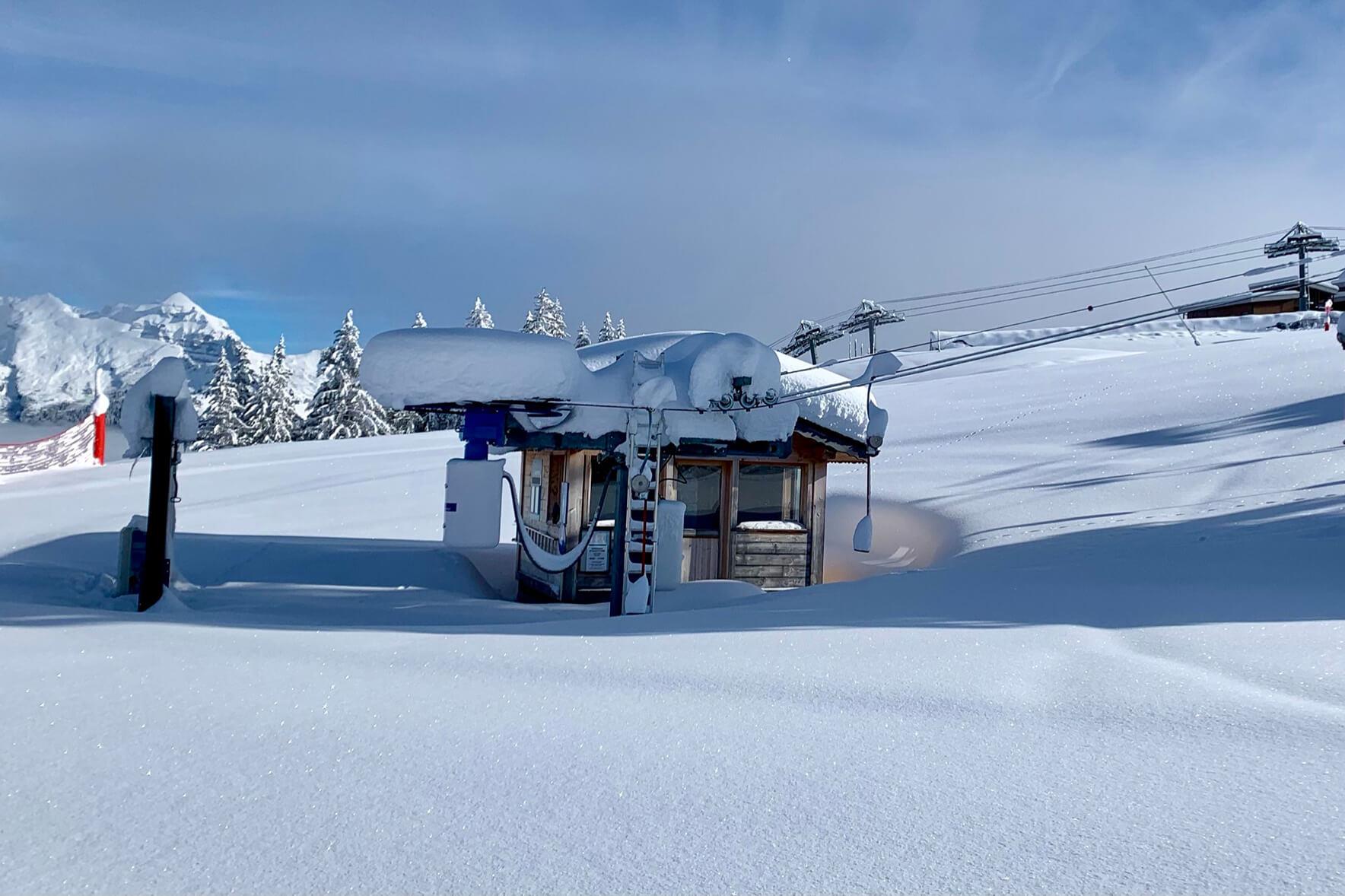
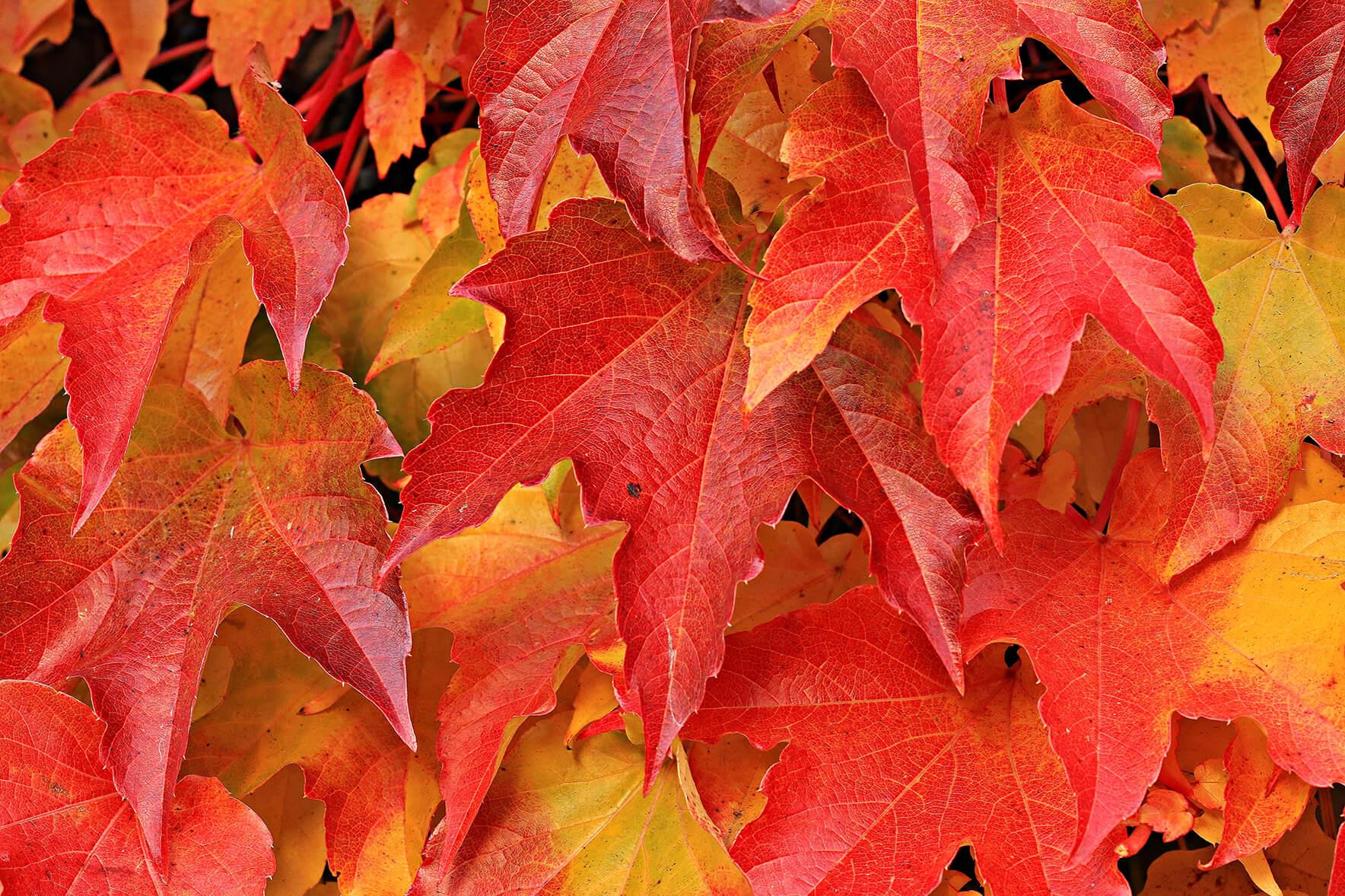
Ever noticed how magpies, finches or robins will take shelter near your house just before a dump of snow? Or that spiders are more prevalent inside? Les anciens say that spiders are excellent barometers, taking refuge inside only when storms and cold snaps are near. Don’t squish them! Especially if you find them in your alpine chalet. The habits of rodents are another thing to watch. Squirrels are said to gather acorns early to fortify against a hard winter, and mice will eat ravenously into your home!
Animals and plants aren’t the only things people use to predict the weather. The cycle of the moon is also of great importance. 86-year-old Samoëns local, Pierre Castor, says to pay attention to the weather on the fifth and sixth days after a Full or New moon. Apparently if the weather is the same both days, that’s how it will remain until the next lunar cycle. You know what that means folks? Those of us who believe in the power of a snow-dance should get our groove on the evening of the fourth day!
Pierre also shared many old sayings relating to the importance of the month of November when predicting the winter season…
"S’il y a encore des feuilles sur les Arbres passé le 11 novembre… l’hiver sera long et froid."
If the trees haven’t shed all their leaves by the 11th November, winter will be long and cold.
"Ne laissez pas passer le jour de Toussaint sans cueillir une feuille de hêtre... Si elle est craquante et sèche, l’hiver sera clément, en revanche, si elle est humide et molle, l’hiver sera rude et long."
Be sure to pick a beech leaf before All Saints Day (1st of November), If it’s crisp and dry, the winter will be mild, but if it is wet and soft, the winter will be rough and long.
"Autant d’heures de soleil le jour de la Toussaint, autant de semaines à souffler dans les mains."
As number of hours of sunshine on All Saints Day is the number of weeks spent blowing on cold hands.
"Neige de Saint André (30 novembre) peut 100 jours durer."
Snow on Saint Andrew’s Day (30th of November) can last 100 more.
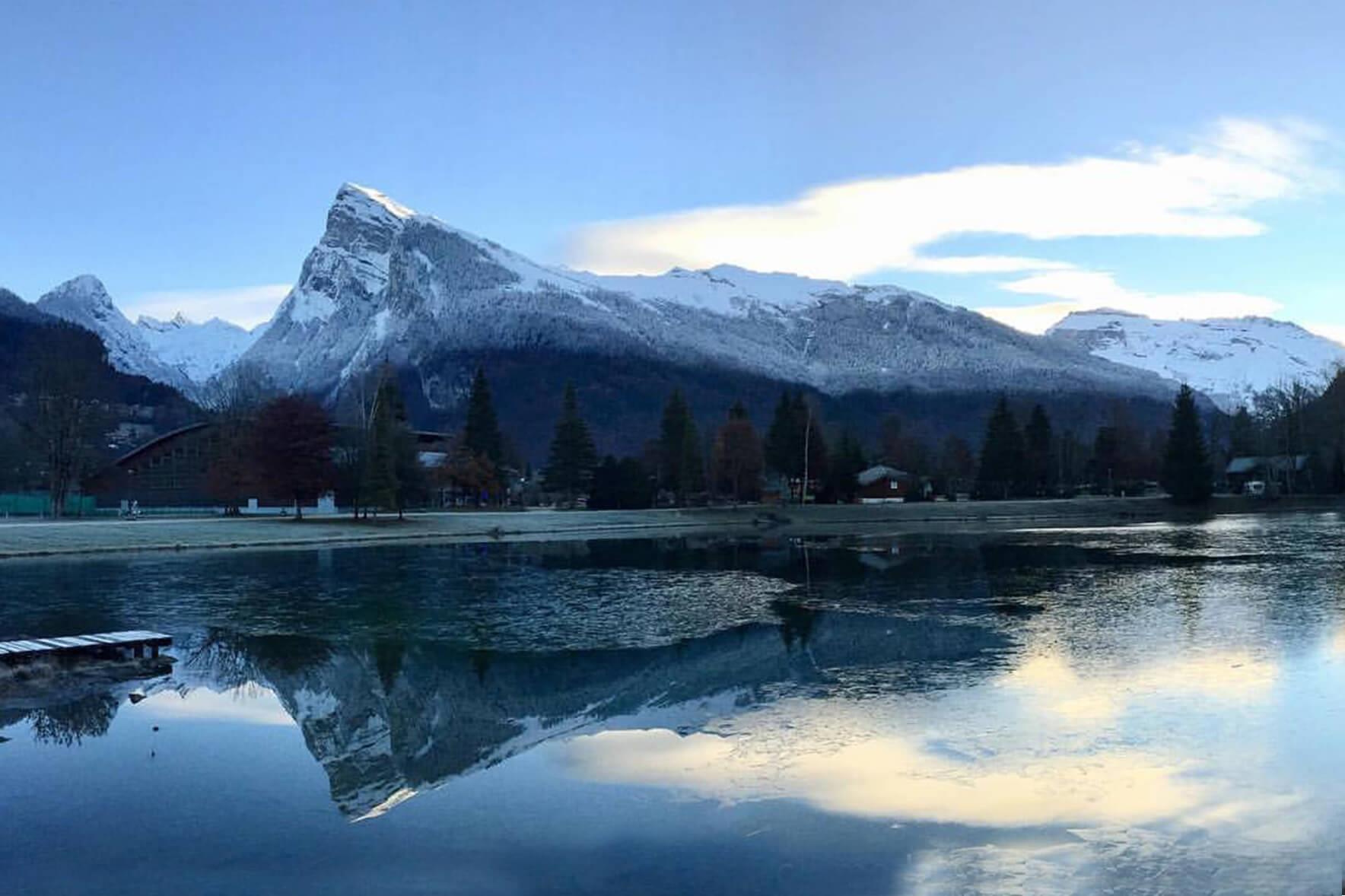
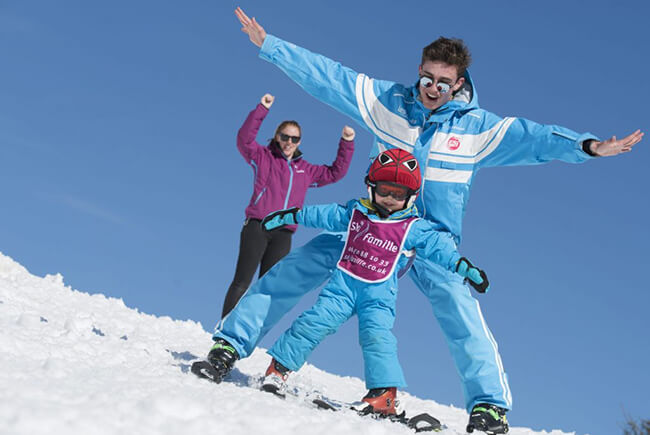
Discover the magical Christmas and New Year in Samoëns, a unique and wonderful time to visit Samoëns, Morillon, Sixt-Fer-à-Cheval and the Grand Massif.
Discover Samoëns ski resort, part of the vast Grand Massif ski area.
Our guide to après-ski in Samoëns, Morillon and the Haut-Giffre valley. The best a après-ski bars and activities.
The ski/snowboard rental shops of Samoëns - Discounted ski hire for Alps Accommdodation clients
Discover the best ski touring routes in Samoëns and the Grand Massif
Discover the numerous non-ski activities available in Samoens, Morillon and the Haut-Giffre valley.
Everything you need to know about cross-country skiing in Samoëns. Morillon and Sixt-Fer-à-Cheval
Information for families bringing children to Samoëns and the Grand Massif in Winter
Discover the Easter, April and Spring skiing period - possibly the best time to ski in the Alps!
Lift pass prices and information for the Grand Massif, including Samoëns, Morillon and Sixt-Fer-à-Cheval
Disover the best ski schools in Samoëns with discounts for Alps Accommodation guests.
Discover the excellent on-mountain restaurants of Samoëns and the Grand Massif ski area.
Download the Grand Massif piste map for Samoëns, Morillon, Les Carroz, Flaine and Sixt-Fer-à-Cheval.
Up to date snow report from Samoëns and the Grand Massif. including Morillon and Flaine.
Information for disabled skiers and disabled skiing in Samoëns and the Grand Massif ski area
Find out what's happening in Samoëns, Morillon, the Grand Massif, and the Haut-Giffre valley this winter.
Our guide to the top 6 unique things to do in Samoens and the Grand Massif in Winter. If you're coming to Samoens, Morillon, Sixt or the Grand Massif ski area, France, then you should not miss these activities!
Every evening, the varied wildlife surrounding Samoens and the Grand Massif ski area burst into life. They leave behind a vast network of tracks in the pristine fresh snow. But what are these animals? and where can you see them?
Autumn is upon us, and plans are already being formed for the winter season! We have a huge amount of local experience at Alps Accommodation, so let us help you make the most from you winter holiday in Samoens, Morillon and the Grand Massif.
Top 10 tips for driving in the snow in Samoens, Morillon and the Grand Massif.
Samoens - other activities to do in and around Samoens while your friends are skiing